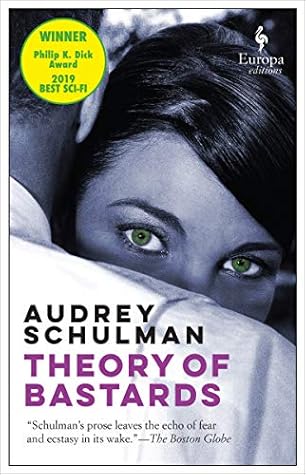In her thesis, having shown that females could have strong aesthetic preferences utterly unrelated to evolutionary survival, she ventured the theory that females who shared a similar ideal of male beauty (no matter how capricious) would outcompete those who didn’t. Using the analogy of fashion trends, as well as some elegant math, she pointed out it didn’t matter what the desired style was—high hems or low hems, top hats or red stockings—only that the majority of available and healthy females wanted it.
Welcome back. Just a moment while we sign you in to your Goodreads account.


